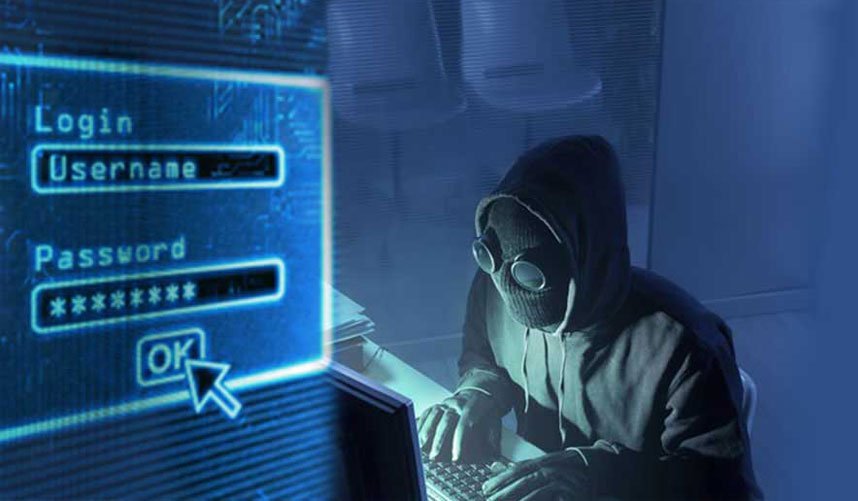Cyber-bullying is the use of cell phones, instant messaging, e-mail, chat rooms or social networking sites such as Facebook and twitter to harass, threaten or intimidate someone.
Cyber-bullying is often done by young people, who have increasingly early access to these technologies. The problem is compounded by the fact that a bully can hide behind a pseudonymous user name, disguising his or her true identity. This secrecy makes it difficult to trace the source and encourages bullies to behave more aggressively than they might in a situation where they were identified.
Cyber-bullying is even more harmful to children than face-to-face bullying for a number of reasons:
Permanence: The insults, comments or images can be preserved by the person who was bullied or by others so that the victim may read or view them over and over again and the harm is re-inflicted with each reading or viewing.
Audience size: The size of the audience that is able to view or access the damaging material increases the victim’s humiliation.
Familiarity: Many young people are friends with or know their cyber bully either through school or other personal connections, increasing the potential for embarrassment and humiliation.
Social Networking: Social networking sites such as Facebook and Twitter allow cyber bullies to engage in campaigns against a particular person which may involve many others.
Speed: The speed at which harmful messages can reach large audiences also plays a major part in making cyberbullying so damaging to the targets.
In line with this, the Institute of Forensics & ICT Security offers courses in Certified Secure Computer User. Come and learn the necessary knowledge and skills to protect your information assets and more importantly, the skills learned from the class helps students take the necessary steps to mitigate their security exposure.

